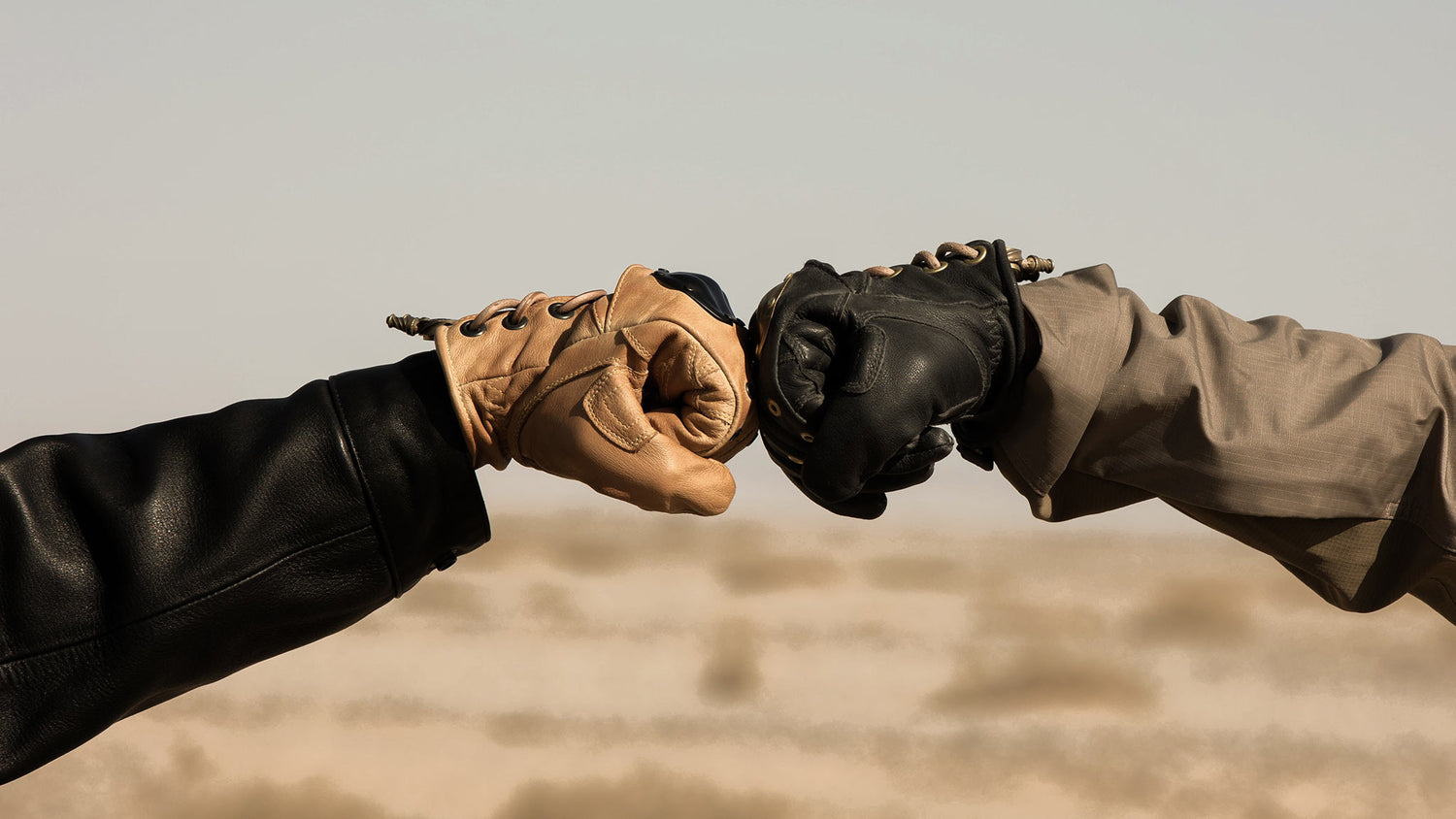
Are you a motorcycle enthusiast? Do you love riding on your bike but don't obsess over taking care of it like some people do with their cars? There are a few things that every motorcyclist should know about motorcycle safety, and one of those is the importance of wearing a good helmet. This article discusses why motorcycle helmets should not be taken lightly and what to look for in a quality product.
What is a Motorcycle Helmet?
Motorcycle helmets are designed to help protect the head and skull in the event of a crash. Inexpensive motorcycle helmets may not provide adequate protection, while more expensive helmets may have features that are unnecessary for routine use. Motorcycle helmets should not be taken lightly, as even a minor accident can result in serious injury.

Why Motorcycle Helmets Should Not Be Taken Lightly
Motorcycle helmets should not be taken lightly, as even a minor accident can result in serious injury. According to the Centers for Disease Control and Prevention (CDC), approximately 1 out of every 3 motorcyclists killed in crashes was not wearing a helmet at the time of their accident. The CDC also reports that head injuries are the leading cause of death in motorcycle riders under the age of 25.
Inexpensive motorcycle helmets may not provide adequate protection, while more expensive helmets may have features that are unnecessary for routine use. A helmet that meets CPSC standards will typically meet or exceed the requirements of most states. However, state laws vary, so it is important to check with your attorney or insurance company before making a purchase. Helmets that do not meet CPSC standards may still provide some level of protection if they meet either Snell or ANSI standards. Helmet laws vary widely from state to state. If a state does not have specific motorcycle helmet laws, that state’s traffic code has the power to regulate helmets in the same way they regulate seat belts and drivers licenses.
Why Should You Have A Motorcycle Helmet?
Motorcycle helmets are important for a few reasons. The most obvious reason is that if you are struck by a vehicle while riding your motorcycle, wearing a helmet can help protect your brain from injury. Additionally, motorcycle helmets can protect your head when you fall or crash. Helmets also help keep wind and rain out of your hair and eyes, and they can help prevent facial injuries in case of a fall. Motorcycle helmets are not just for use while riding; they can also be useful while walking or driving.
How to Choose a Motorcycle Helmet?
Choosing the right motorcycle helmet is important not only to your safety, but also your comfort. Here are some tips on how to choose the perfect one for you:
1. Size UpFirst and foremost, make sure to size up when choosing a motorcycle helmet. It’s important that your helmet fits snugly, without any gaps or room to move around. If it’s too big or too small, it will not provide the protection you need and may even cause discomfort.
2. Consider Your Head Shape and SizeAnother important factor to consider is your head shape and size. Not all helmets fit all heads, so be sure to try on a few before settling on the perfect one. Some helmets come in different sizes for both men and women, so don’t hesitate to take your measurements if you’re not sure what size to get.
3. Choose a Lightweight Helmet If PossibleIf possible, choose a lightweight motorcycle helmet. These helmets are made with more flexible materials that offer more protection than traditional helmets while remaining lighter. However, don’t sacrifice safety by opting for a lightweight helmet – always make sure it meets safety standards set by the National Highway Traffic Safety Administration (NHTSA).

Types of Helmets
Motorcycle helmets should not be taken lightly. Helmets are one of the most important safety items you can wear while riding a motorcycle. There are many different types of motorcycle helmets, so it is important to know which type is best for you.
Full-face helmets are the most popular type of helmet and are recommended for beginners and experienced riders. They protect your head from all sides and have a thick padding on the inside to prevent injuries in case of a crash.
Half-face helmets are also popular and offer protection from side impacts, but they do not cover the front of the head. They are good for riders who want a little more protection than full-face helmets, but still want to be able to see out.
There are also baseball caps-style helmets that offer protection from most angles, but they do not have a chin strap or a face shield. These helmets are good for riders who want less protection than full-face or half-face helmets, but still want to be safe in case of a crash.
The Best Automotive Helmets
Motorcycle helmets should not be taken lightly. They are one of the most important pieces of safety equipment you can have on your bike. Motorcycle helmets are designed to protect your head from serious injury in the event of a crash.
There are many different types and brands of motorcycle helmets available on the market. It is important to select the correct helmet for your riding experience and size. You should also make sure that the helmet is properly fitted and adjusted so that it fits snugly and does not move around or shake during a crash.
If you are in an accident, always use your motorcycle helmet to protect your head. If it is damaged in any way, do not try to fix it yourself. Call a professional for help.
Helpful Safety Tips for Riding a Motorcycle
If you ride a motorcycle, there are a few things you should keep in mind to keep yourself safe. One of the most important aspects of motorcycle safety is wearing a helmet. Helmets not only protect your head from injuries, but can also help prevent other serious accidents. Here are some tips for wearing a motorcycle helmet:
1. Make sure your helmet fits well. A good rule of thumb is to size your helmet according to the manufacturer's guidelines. If it's too big or too small, it may not fit properly and could cause injury when you're riding.
2. Wear your helmet every time you ride. Even if you only plan on taking your motorcycle out for a short drive, wear your helmet. Even if you only have a minute or two to ride, put on your helmet before starting the engine.
3. Don't rely on the safety features of your helmet alone. Other safety gear, such as reflective clothing and riding gloves, can also help protect you in case of an accident.
4. Always obey the traffic laws when riding a motorcycle. This includes following all red lights and stop signs, and wearing a proper protective gear when riding in cold, windy, and wet weather.


